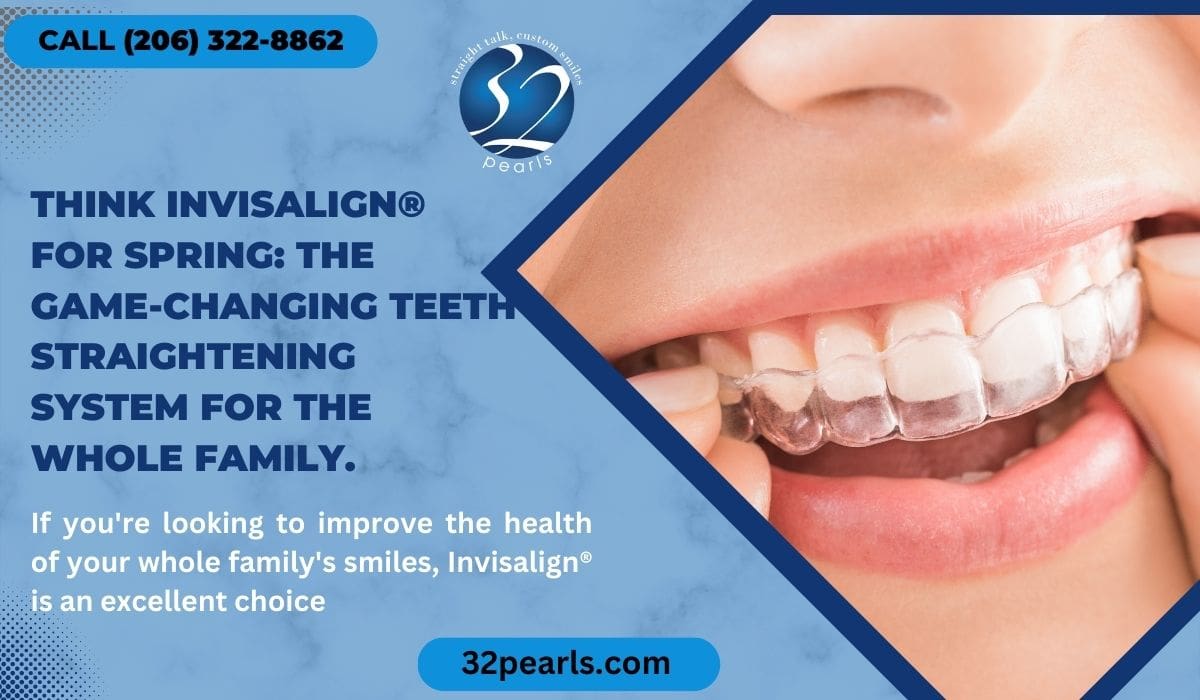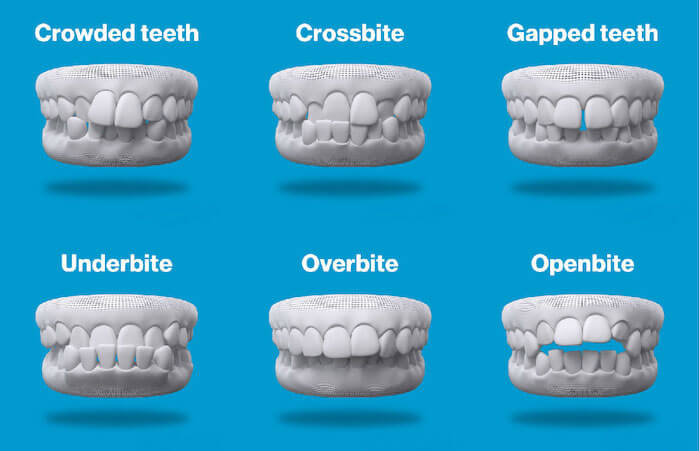Invisalign for Teens: A Modern Solution to Straightening Young Smiles
Wiki Article
Invisalign vs. Typical Dental braces: Which Alternative Is Right for You?
When taking into consideration orthodontic therapy, the choice between Invisalign and typical dental braces presents a number of vital factors that merit careful assessment. Invisalign provides a very discreet option with detachable aligners, while standard dental braces provide an extra visible yet effective service for severe misalignment.Summary of Treatment Options

In contrast, traditional braces are composed of metal brackets and cables that are bonded to the teeth. This approach uses continuous stress with time to accomplish placement. While reliable for intricate orthodontic concerns, standard dental braces call for normal sees for modifications and can pose challenges in keeping oral health as a result of the problem of cleaning around cables and braces.
Both options have their qualities, and the choice commonly pivots on particular oral conditions, way of life choices, and client compliance. Ultimately, speaking with an orthodontic specialist is essential for establishing one of the most ideal treatment plan tailored to private requirements. Understanding the nuances of each alternative can dramatically affect the total success of orthodontic therapy.
Visual Factors To Consider
A considerable element affecting the choice in between Invisalign and typical braces is the visual appeal each treatment supplies. Invisalign aligners are crafted from clear plastic, making them virtually undetectable when put on. This very discreet appearance is especially appealing to teens and grownups that might really feel uneasy regarding their orthodontic therapy. The capability to keep an all-natural smile throughout the placement process can substantially improve the patient's self-confidence in social and expert setups.In contrast, typical dental braces are composed of steel brackets and wires, which can be extra recognizable. While developments in orthodontic innovation have actually caused the development of smaller sized braces and tinted elastics, conventional dental braces still preserve an even more obvious profile. For some people, the visibility of dental braces might discourage them from seeking essential treatment.
Inevitably, the option in between Invisalign and traditional dental braces might hinge on individual choices concerning visual appeals. Individuals that prioritize discernment usually favor Invisalign, while those that are much less concerned regarding presence may select standard dental braces. Understanding the aesthetic effects of each alternative is essential for making a notified choice that aligns with one's lifestyle and preferences.
Convenience and Convenience

In terms of convenience, Invisalign aligners are detachable, making it possible for individuals to enjoy their favorite foods without constraint and keep ideal oral health. Brushing and flossing are simplified, as the aligners can be obtained throughout these routines, whereas typical dental braces need careful steering around brackets and wires.
In comparison, typical dental braces necessitate routine adjustments, making them less hassle-free for those with busy routines. On the whole, the comfort and comfort of Invisalign make it an appealing option for several individuals seeking orthodontic therapy.
Therapy Duration and Efficiency
While both Invisalign and traditional braces are efficient in dealing with dental misalignments, the period of therapy can differ considerably between the 2 alternatives. Generally, Invisalign treatment can take anywhere from 12 to 18 months, relying on the intricacy of the instance. The clear aligners work by gradually shifting teeth into their preferred settings, and regular follow-ups with an orthodontist help make sure progression remains on track.
On the other hand, standard dental braces usually require a longer commitment, usually ranging from 18 months to three years. This is due to their fixed nature and making use of brackets and cables, which can be much more efficient for complicated cases and severe misalignments (Invisalign). The treatment effectiveness of traditional dental braces is well-documented, as they permit for specific changes and better control over tooth motion
Eventually, the option between Invisalign and traditional braces might hinge on both the awaited treatment period and the particular dental issues at hand. Consulting with an orthodontist is critical, see this site as they can give customized suggestions based upon private requirements, guaranteeing the chosen method straightens with preferred results and timeframes.
Cost Contrast and Insurance Policy Choices
Cost plays a substantial function in the decision-making process for people thinking about orthodontic treatment, whether selecting Invisalign or standard braces. Generally, the expense of Invisalign ranges from $3,000 to $8,000, while typical braces typically set you back between $2,000 and $6,000. Variables influencing these prices include the intricacy of the situation, the duration of therapy, and geographical location.Insurance policy protection can substantially impact out-of-pocket expenditures. Numerous oral insurance coverage strategies offer partial insurance coverage for orthodontic treatments, yet the specifics can vary widely. It is vital for patients to examine their insurance plan to determine the degree of insurance coverage for either option. Normally, traditional braces might be more often covered by insurance policy plans compared to Invisalign, which some insurers categorize as a cosmetic treatment.
Furthermore, several orthodontic methods supply flexible layaway plan, making both therapy alternatives a lot more accessible. Clients must ask about possible funding alternatives and price cuts for ahead of time settlements. Reviewing the complete price, consisting of insurance coverage benefits and repayment plans, is necessary for making an educated decision that aligns with both visual choices and budget factors to consider.

Final Thought
In summary, the option between Invisalign and conventional dental braces rests on several factors, consisting of visual choices, convenience, therapy duration, and expense. Invisalign uses a discreet, detachable alternative that promotes oral hygiene and nutritional versatility, while conventional braces may be better for intricate dental concerns and usually come at a reduced price factor. Ultimately, appointment more helpful hints with an orthodontist is crucial to examine specific scenarios and determine the most ideal therapy choice for achieving ideal oral alignment.When thinking about orthodontic therapy, the selection in between Invisalign and traditional braces provides a number of crucial factors that merit careful assessment.Comparing Invisalign and standard dental braces discloses distinct therapy alternatives for orthodontic correction.While both Invisalign and traditional braces are effective in fixing dental misalignments, the duration of treatment can vary considerably in between the two alternatives.Price plays a considerable function in the redirected here decision-making process for individuals taking into consideration orthodontic therapy, whether opting for Invisalign or standard dental braces.In summary, the option in between Invisalign and typical dental braces pivots on several elements, including aesthetic choices, convenience, treatment duration, and price.
Report this wiki page